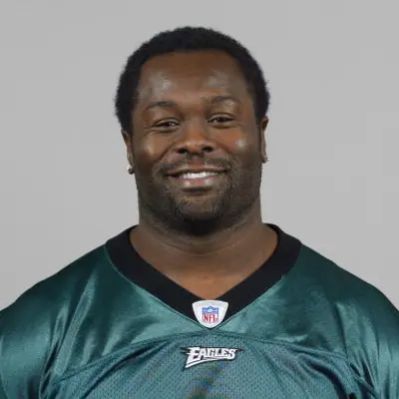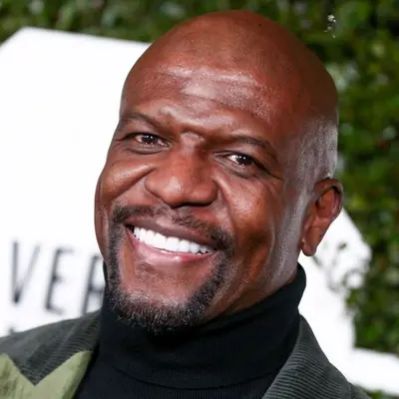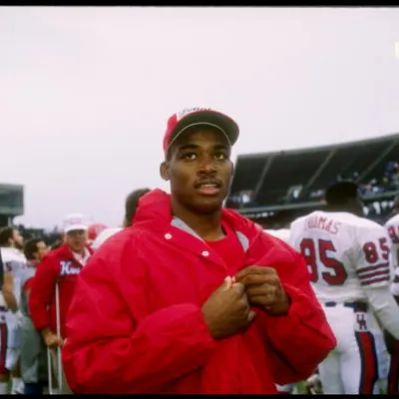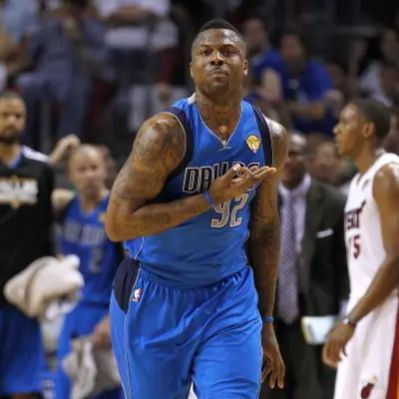What Is Chris McAlister’s Net Worth?
Chris McAlister, a former American football cornerback, faces a challenging financial situation. As of recent estimates, his net worth is reported to be around -$100,000. This negative net worth indicates that his liabilities exceed his assets, placing him in a state of financial distress.
Early Career and NFL Earnings
McAlister’s journey to the NFL began at Mt. San Antonio College and later at the University of Arizona, where he played for the Arizona Wildcats from 1996 to 1998. His outstanding performance earned him All-Pac-10 honors for three consecutive years and All-American recognition. He was selected as the tenth overall pick by the Baltimore Ravens in the 1999 NFL Draft.
During his ten seasons with the Ravens, McAlister was a prominent player, earning three Pro Bowl selections and winning a Super Bowl ring. While specific contract details from his early years aren’t publicly available, it is understood that NFL players of his caliber receive substantial compensation through salaries, bonuses, and endorsements. It is common for first-round draft picks to secure lucrative contracts. His debut season in 1999 saw him making an impact with 47 tackles (45 solo), 5 interceptions, and deflecting 16 passes, demonstrating his immediate value to the Ravens. Despite a promising career, the resources weren’t managed to avoid debt and bankruptcy.
His final NFL season was with the New Orleans Saints. By 2009, his performance stats had dwindled to 4 tackles and one forced fumble, signalling a decline in his playing ability. While the exact salary he earned during his stint with the Saints isn’t publicly detailed, it is likely that it was lower than his peak earnings with the Ravens, reflecting his reduced role and performance.
Financial Struggles and Personal Circumstances
Following his NFL career, Chris McAlister faced considerable financial difficulties. Reports indicate that he has not played or had any income since the 2009 season. His financial woes were compounded by a divorce and child support obligations for his two daughters, leading him to seek a reduction in child support payments. Due to his financial constraints, McAlister moved back in with his parents.
One significant factor contributing to McAlister’s negative net worth is his financial mismanagement and potential lack of post-career planning. Many professional athletes experience a decline in income after retirement, and without careful financial planning, they can face significant challenges. The absence of a steady income, combined with ongoing financial obligations such as child support and potential debts, can quickly erode their financial stability.
Chris McAlister’s Accomplishments
Chris McAlister’s career highlights include being drafted tenth overall in the 1999 NFL Draft by the Baltimore Ravens. During his time with the Ravens, he earned three Pro Bowl selections, showcasing his exceptional talent and recognition among his peers. He also secured a Super Bowl ring, marking a significant achievement in his professional career. These milestones reflect a period of high earnings and recognition in the NFL.
Although his on-field accomplishments were notable, McAlister’s financial situation underscores the importance of financial literacy and planning for athletes. His story serves as a cautionary tale, highlighting the potential pitfalls of financial mismanagement and the need for professional guidance in handling wealth. While specific details about his endorsements, investments, or assets remain undisclosed, the overarching narrative points to a significant decline in financial stability post-retirement.
Net Worth Components: A Hypothetical Analysis
Given the limited publicly available data on McAlister’s assets, it is challenging to provide a comprehensive breakdown of his net worth components. However, we can infer potential factors based on common financial patterns among NFL players.
During his NFL career, McAlister likely accumulated assets through salaries, bonuses, and endorsements. Salaries would have been his primary source of income, especially during his peak years with the Baltimore Ravens. Bonuses, such as signing bonuses and performance-based incentives, could have contributed significantly to his earnings. Endorsement deals with sports apparel companies, local businesses, or national brands could have further augmented his income.
Assets might have included real estate investments, stocks, bonds, or other financial instruments. It is not uncommon for high-earning athletes to invest in properties or diversify their portfolios to secure their financial future. However, without proper management, these investments can underperform or even result in losses.
Liabilities, on the other hand, may consist of debts, loans, mortgages, child support obligations, and legal fees. The combination of high expenses and potential financial mismanagement could have led to a situation where liabilities outweighed assets, resulting in a negative net worth.
Financial Missteps and Lessons Learned
Chris McAlister’s financial situation offers several lessons for current and aspiring professional athletes. One of the most crucial takeaways is the importance of financial literacy and planning. Athletes often have short careers and need to make their earnings last a lifetime. Engaging with qualified financial advisors and developing a long-term financial strategy can help them manage their wealth effectively.
Another lesson is the need to avoid overspending and extravagant lifestyles. Maintaining a reasonable budget and avoiding unnecessary expenses can help athletes build and preserve their wealth. It is also essential to carefully consider investments and seek professional advice before making significant financial decisions.
Additionally, athletes should be prepared for the financial challenges that may arise after retirement. Developing a post-career plan and exploring alternative income streams can help them maintain financial stability. This may involve pursuing entrepreneurial ventures, investing in businesses, or working in broadcasting or coaching.
In conclusion, Chris McAlister’s negative net worth underscores the complexities of financial management for professional athletes. While his on-field accomplishments were significant, his financial struggles highlight the importance of financial literacy, planning, and responsible decision-making. By learning from his experience, current and future athletes can take steps to secure their financial futures and avoid similar pitfalls.
Legal Battles And Bankruptcy
While specific legal documents and bankruptcy filings are not publicly accessible without proper authorization, it’s important to acknowledge that such legal actions often involve detailed financial disclosures. These disclosures would typically include a comprehensive list of assets, liabilities, income sources, and expenses. In Chris McAlister’s case, any legal battles related to child support or bankruptcy would provide a clearer picture of his financial standing.
Bankruptcy, for instance, is a legal process that allows individuals or entities to discharge debts they cannot repay. If McAlister pursued bankruptcy, it would involve submitting detailed financial information to the court, including bank statements, tax returns, and property valuations. This information would then be reviewed by a trustee to determine the best course of action for repaying creditors.
Similarly, child support cases often require the disclosure of income and assets to determine the appropriate level of support. If McAlister sought a reduction in child support payments, he would need to provide evidence of his reduced income and financial hardship. Court records from such cases, if publicly available, could offer further insights into his financial situation.
In the absence of specific legal documents, the overall narrative paints a picture of financial distress stemming from a combination of factors, including reduced income, ongoing financial obligations, and potential mismanagement of resources. The legal battles and bankruptcy proceedings, if any, would likely be a consequence of these underlying financial challenges.
Potential Income Streams Post-NFL
After retiring from the NFL, many players explore various avenues to generate income and maintain their financial stability. These potential income streams can range from broadcasting and coaching to entrepreneurial ventures and investments. In Chris McAlister’s case, the specific post-NFL activities he pursued are not widely publicized, but we can explore some common options available to former athletes.
Broadcasting and media offer opportunities for former players to leverage their expertise and popularity. McAlister could have pursued a career as a sports analyst, commentator, or host, providing insights and analysis on football games and related topics. This could involve working for television networks, radio stations, or online media outlets.
Coaching is another common path for former NFL players. McAlister could have transitioned into coaching roles at the high school, college, or professional level. This would allow him to share his knowledge and experience with aspiring athletes and contribute to the development of football programs. However, coaching positions may not always offer the same level of income as playing in the NFL.
Entrepreneurial ventures can provide another source of income for former athletes. McAlister could have started his own business, invested in existing companies, or partnered with other entrepreneurs. This could involve a wide range of industries, such as sports apparel, fitness, entertainment, or technology. However, entrepreneurial ventures also carry a degree of risk and require careful planning and management.
Investments can also generate income for former athletes. McAlister could have invested in stocks, bonds, real estate, or other financial instruments to grow his wealth over time. However, investments also carry risk, and it is essential to seek professional advice and diversify investments to mitigate potential losses.
While it is unclear which of these options McAlister pursued, the absence of a steady income stream following his NFL career likely contributed to his financial challenges. Exploring and capitalizing on these potential income streams could have helped him maintain financial stability and avoid the difficulties he has faced.
 Net Worth Ranker
Net Worth Ranker




























































